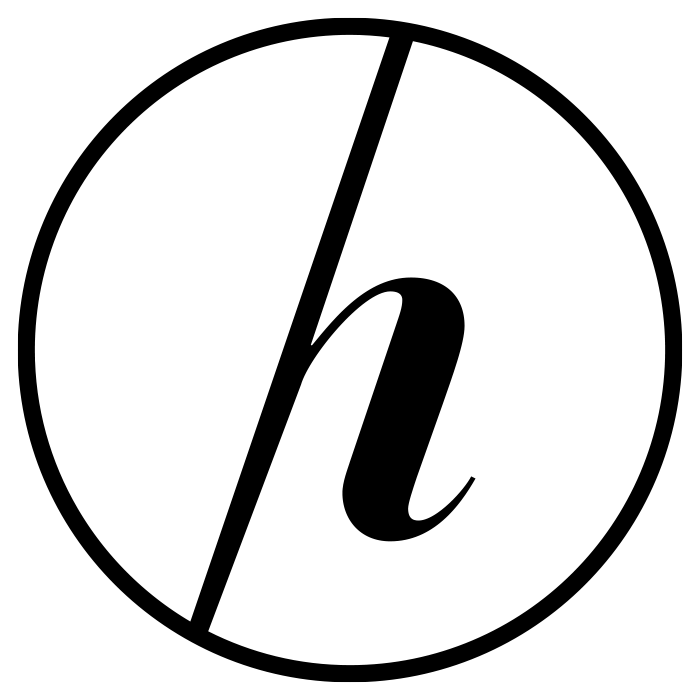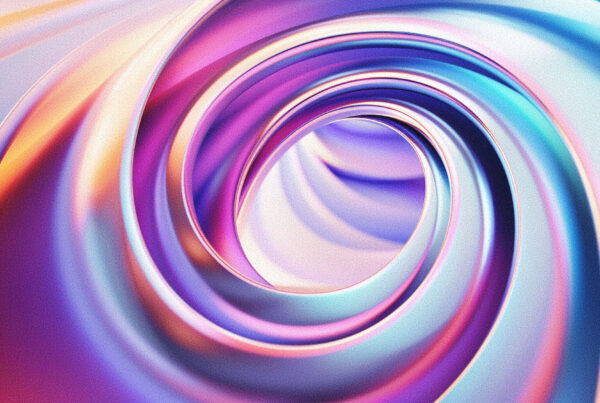The world of image retouching is in the throes of a technological renaissance. Adobe’s Photoshop Contextual Fill and a cavalcade of AI-powered tools promise to make photo editing faster, easier, and—on the surface—more accessible than ever before. In this climate, many question the future of the professional retoucher: Is there still a place for the skilled human artisan, or will AI sweep the discipline into obsolescence? As someone who’s seen creative industries upended and reborn by technology, I believe the answer is both more nuanced and more exciting than doomsayers would have you believe.
The Evolving Role of Human Retouchers in a Tech-Driven Era
The introduction of AI tools like Photoshop’s Contextual Fill is not the death knell for human retouchers; rather, it signals a shift in their role from technician to creative strategist. Where once retouchers spent hours on repetitive tasks—removing dust, smoothing skin, cloning backgrounds—AI can now execute these actions in seconds. Instead of erasing the need for human expertise, this automation liberates retouchers to focus on higher-order creative decisions, elevating their contribution from manual labor to visual storytelling.
In this tech-driven era, the retoucher’s role is increasingly about vision, taste, and the ability to interpret a client’s brand or project narrative. AI can fill gaps, but it cannot grasp the emotional undertones or subtle messaging that a skilled human brings to an image. The best retouchers are not just “fixers”; they are partners in the creative process, collaborating with photographers, art directors, and brands to achieve a cohesive, intentional result that goes beyond technical perfection.
Moreover, as the industry evolves, the human retoucher becomes a curator of technology—knowing when to deploy AI tools for efficiency, and when to override them for artistic reasons. This hybrid approach distinguishes top professionals from those who merely rely on automated workflows. The future belongs to those who embrace technology as an extension of their craft, rather than a replacement for it.
Showcasing Unique Value Beyond Automated AI Tools
Let’s be clear: AI can replicate patterns, but it cannot replicate taste. Human retouchers bring an irreplaceable level of discernment, sensitivity, and contextual awareness to their work. They understand the nuances of skin tones across diverse ethnicities, the way light interacts with fabric, or the subtle cues that transform a fashion image from generic to iconic. These are judgments that no algorithm, however advanced, can consistently make with the same depth of insight.
Furthermore, retouching is not just about technical execution; it’s about creative interpretation. The best retouchers know how to “read between the pixels,” enhancing an image in ways that support the photographer’s vision and the client’s goals. AI tools can suggest edits, but they can’t decide whether a touch of grain adds nostalgia or whether a deliberate imperfection makes a portrait more relatable. This is where human creativity and cultural literacy shine, and where value is truly demonstrated.
Finally, the client experience is an arena where human retouchers excel. Brands and agencies crave collaboration, feedback, and the ability to iterate on nuanced direction—something that’s impossible with a push-button AI solution. The trusted human retoucher is a consultant, a problem-solver, and sometimes even a confidant, helping clients navigate the subjective world of visual aesthetics. This relationship-driven value is not just “nice to have”—it’s often the difference between good and great.
The Future Landscape of Professional Retouching Skills
Looking ahead, the future of retouching will reward those who blend technical fluency with creative leadership. Retouchers will need to master a new toolkit, integrating AI-powered features as part of a broader repertoire that includes color grading, compositing, and even digital illustration. The days of surviving on basic “cleanup” skills are numbered; the market will demand specialists who can offer something beyond what AI can churn out in seconds.
Education and professional development will shift accordingly. The next generation of retouchers will be expected to understand not only the mechanics of the latest software but also the psychology of imagery and the dynamics of visual branding. Training will move away from rote memorization of Photoshop shortcuts toward a deeper engagement with storytelling, art direction, and even ethics—especially as questions of authenticity and manipulation become central to visual culture.
Ultimately, the most successful retouchers will be those who position themselves as creative problem-solvers and visual consultants, not just as technicians. They will be the ones who can orchestrate complex projects, interpret ambiguous briefs, and deliver results that resonate emotionally and strategically. In a world awash with automated images, it will be the human touch—guided by expertise, empathy, and vision—that continues to set the standard for excellence.
AI is disrupting retouching, yes—but it’s also raising the bar for what it means to be a professional in this field. The future will favor those who embrace technology as a tool, not a threat, while doubling down on the creative, interpretative, and relational skills that machines cannot replicate. For human retouchers willing to evolve, the opportunities have never been more abundant or more exciting. The discipline is not dying; it’s transforming—and the best is yet to come.





